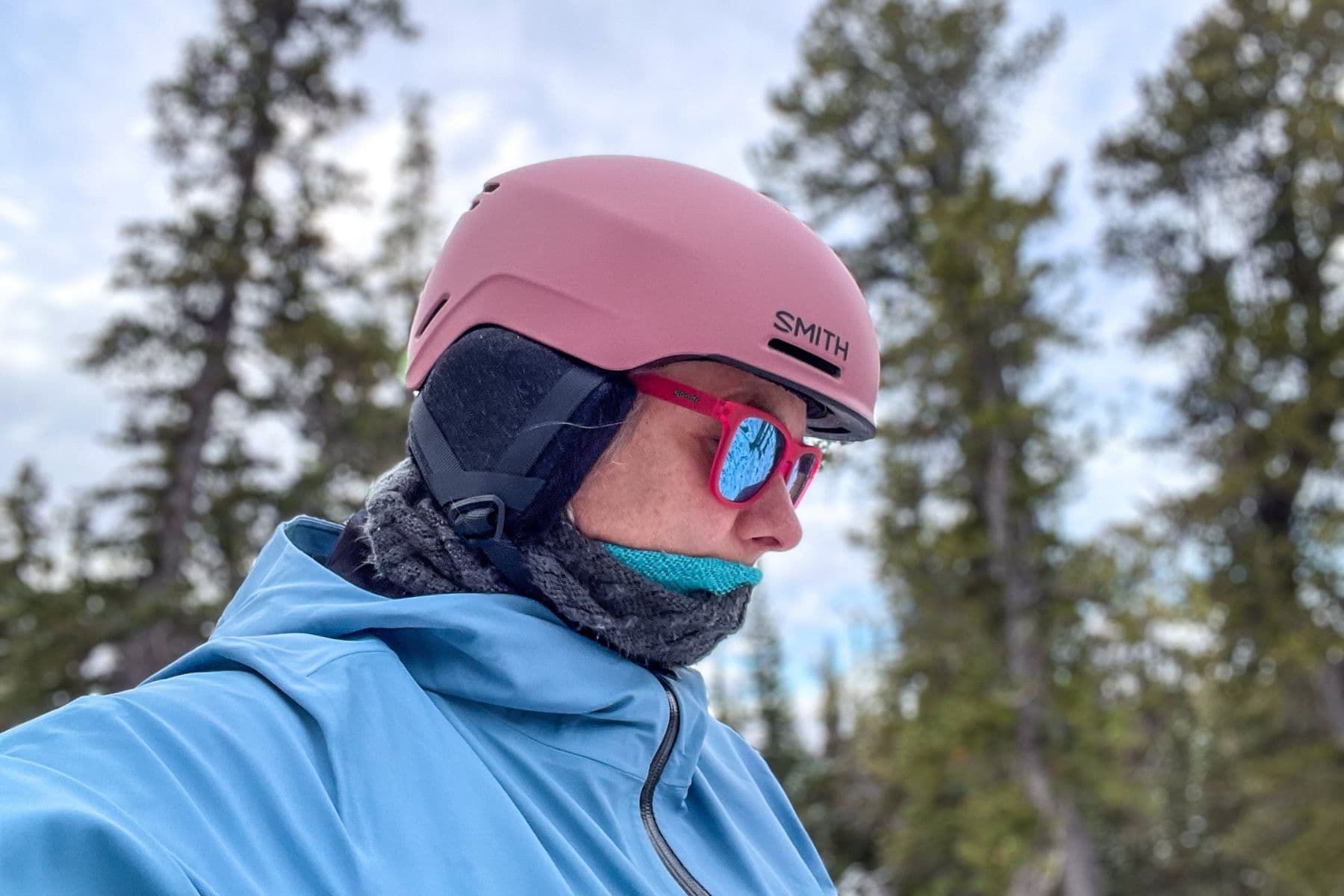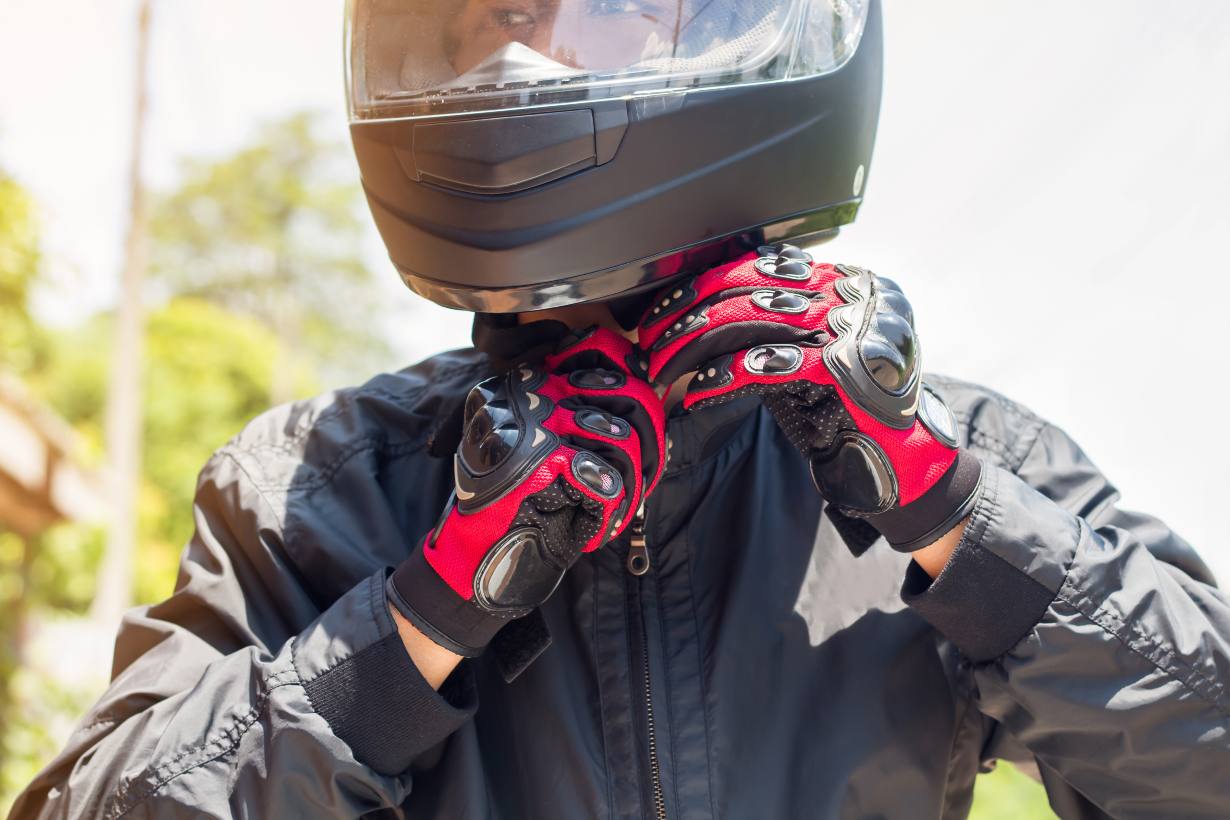A properly fitted helmet is essential for ensuring safety and comfort during any activity, whether you’re biking, skiing, motorcycling, or climbing. Even the best helmet won’t protect effectively if it doesn’t fit right.
This sizing guide will help you check your helmet fit and make any necessary adjustments to achieve the perfect fit.
1. Why Proper Helmet Fit Matters
A helmet that fits correctly can make a significant difference in protecting your head in case of an accident. Here’s why proper fit is so essential:
- Enhanced Protection: A well-fitted helmet stays securely in place on impact, absorbing and distributing force effectively.
- Improved Comfort: Properly fitted helmets are comfortable for extended wear without causing pressure points.
- Reduced Distraction: A helmet that doesn’t slip or move keeps you focused on your activity rather than adjusting your gear.
2. Getting Started: Measuring Your Head for the Right Size
Before choosing a helmet, start by measuring your head. All you need is a flexible measuring tape or a piece of string.
- Wrap the Tape Around Your Head
Place the tape about one inch above your eyebrows, ensuring it goes around the widest part of your head. - Check the Circumference
Record the measurement where the tape overlaps. If using a string, mark the point of overlap and measure it with a ruler. - Consult the Helmet Size Chart
Use the brand’s size chart to find the closest match to your head circumference. Helmets are typically available in sizes from XS to XXL.
3. Trying On the Helmet for Fit
Once you have a helmet in the correct size, it’s time to try it on and check for fit. Here’s what to look for:
- Helmet Position
Place the helmet on your head, ensuring it sits level and low on your forehead, covering the top of your eyebrows. This position gives full coverage for your forehead and doesn’t obstruct your vision. - Snug Fit
The helmet should feel snug but not tight. It should touch your head evenly without creating pressure points or causing discomfort.
4. Adjusting the Fit for Comfort and Security
Most helmets come with adjustable features that allow you to tweak the fit for added comfort and stability:
- Dial-Fit System
If your helmet has a dial-fit system at the back, turn the dial to tighten or loosen the fit until it feels secure. This feature is especially useful for achieving a customized fit. - Chin Strap Adjustment
Fasten the chin strap so it’s snug against your chin, allowing just one or two fingers to fit between the strap and your skin. The V-shape formed by the side straps should sit just below your ears. - Side Straps
Adjust the side straps so they meet just below your ears in a comfortable V-shape. This alignment helps keep the helmet in the correct position.
5. Conducting the Fit Check: Key Tests
Once the helmet feels secure, perform these checks to ensure the fit is right:
- Shake Test
Gently shake your head from side to side and up and down. The helmet should remain stable and move with your head without shifting or feeling loose. If it moves, adjust the fit or try a smaller size. - Push Test
Push the helmet gently from the front, back, and sides. If it shifts noticeably in any direction, tighten the fit or try adjusting the straps. - Chin Strap Check
Open your mouth wide with the chin strap fastened. You should feel the helmet press gently on your head; if not, tighten the chin strap for a snug fit.
6. Helmet Fit Tips for Different Head Shapes
Head shape plays an essential role in helmet fit, as different helmets accommodate various shapes:
- Round Head Shape
If your head is round, look for helmets that fit evenly around the circumference without pinching the front or back. You may need to try on a few brands, as some cater better to round profiles. - Oval Head Shape
Those with oval-shaped heads should look for helmets that are slightly longer from front to back, as these provide a more natural fit and prevent side pressure. - Intermediate Oval
For most people with an intermediate oval shape, many standard helmets will work well. Make sure it feels comfortable along both the front and back of your head.
7. Additional Features to Enhance Fit and Comfort
Many helmets come with extra features that allow you to fine-tune the fit further:
- Removable Padding
Some helmets come with additional padding inserts you can add or remove to customize the fit. This is especially helpful for a precise fit on uneven head shapes. - Slide Adjusters
Some helmets have slide adjusters to help tweak the fit on the sides or back. These can improve comfort, particularly for those between sizes.
8. Common Fit Mistakes and How to Avoid Them
Avoid these mistakes to ensure your helmet fits as securely and comfortably as possible:
- Wearing the Helmet Too High
A helmet should sit low on your forehead, covering the top of your eyebrows. Wearing it too high leaves part of your forehead exposed, reducing protection. - Loose Chin Strap
If the chin strap isn’t properly fastened, your helmet can slide off during impact. Always ensure a snug fit. - Ignoring Head Shape
Head shape impacts comfort and security, so don’t overlook this when selecting a helmet.
9. When to Replace Your Helmet
Helmets don’t last forever, and it’s crucial to replace them every 3–5 years or after any significant impact. Helmets are designed to absorb only one major impact, even if they don’t show visible damage, as the internal structure may be compromised.
Final Thoughts
Checking your helmet fit is a quick and simple process that ensures both comfort and safety.
By accurately measuring your head, adjusting for fit, and performing a few simple tests, you’ll find a helmet that stays secure and lets you focus on your activity.
Remember, the right helmet fit can make all the difference in keeping you safe and comfortable every time you ride, ski, or climb!








